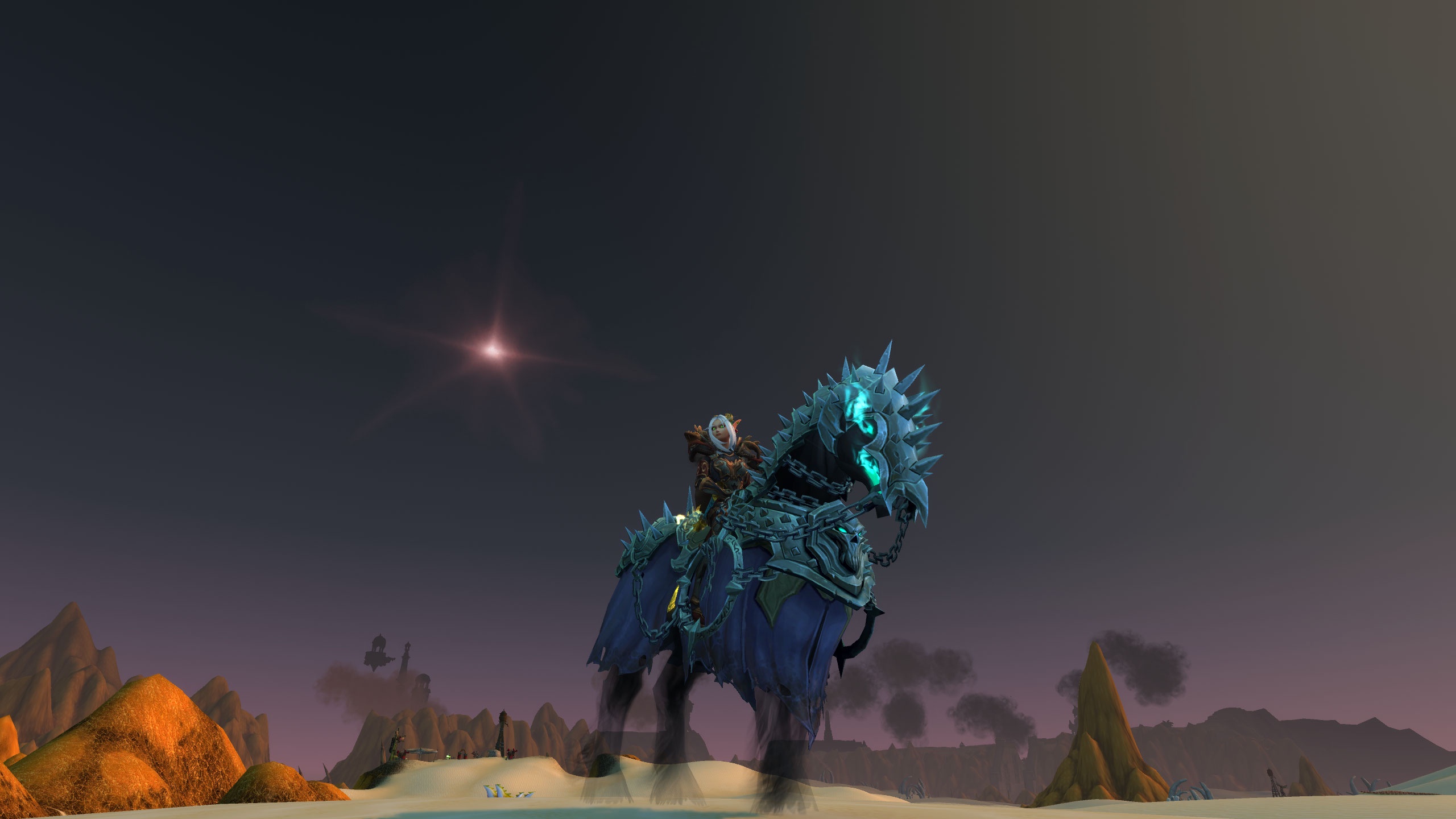Introduction
Player vs Player (PvP) combat in World of Warcraft offers a fast-paced and exciting challenge that requires strong teamwork, communication, and strategy. Building a successful PvP team is crucial to succeeding in arenas, battlegrounds, and world PvP. In this article, we will explore the key elements of creating a strong PvP team in WoW, including the roles that each member plays, how to choose the right composition, and tips for enhancing team coordination.
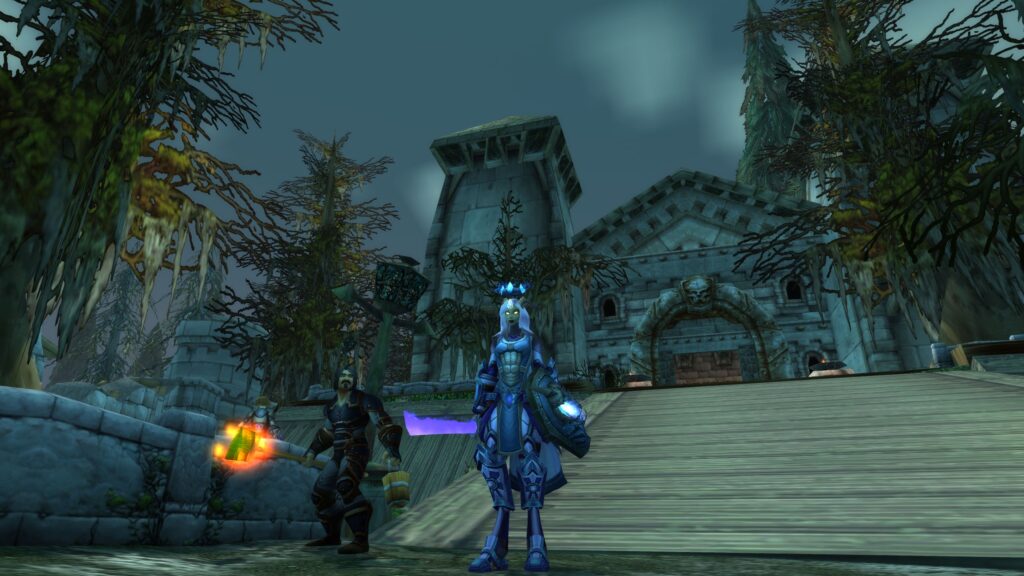
Understanding Team Roles in PvP
In any PvP scenario, especially in team-based formats like arenas and battlegrounds, each team member plays a specific role. Understanding these roles and how they complement each other is key to success:
- Tank: The tank is typically the player who can absorb the most damage and control enemy positioning. In PvP, tanks are often used to control key areas or protect weaker teammates from enemy focus. They can also have crowd control abilities to help lock down enemies.
- Healer: Healers are responsible for keeping the team alive during engagements. They must be able to manage their mana, avoid enemy crowd control, and heal teammates during crucial moments. A good healer is the backbone of any successful PvP team.
- DPS (Damage Dealers): DPS players focus on dealing as much damage as possible to enemies. They must be able to burst down targets efficiently and have the ability to control and interrupt enemy players. DPS players often need to balance between attacking and peeling for teammates.
Choosing the Right Team Composition
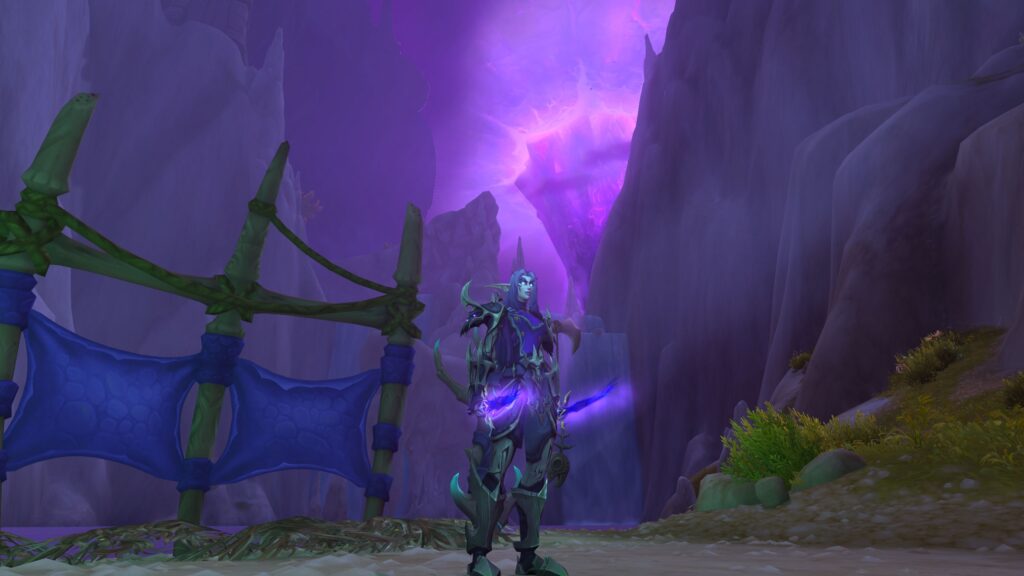
The composition of your PvP team plays a significant role in determining how well you perform in different scenarios. The most successful teams typically have a balanced mix of roles, with synergy between abilities. Consider the following team compositions:
- Rogue + Mage + Healer: This composition is great for burst damage and crowd control. Rogues can lock down enemies with stuns, while Mages deal high burst damage and can control the battlefield with slows and snares. A healer keeps the team alive and supports damage.
- Warrior + Priest + DPS: Warriors excel at soaking up damage and controlling enemies, while Priests can provide both healing and offensive support with powerful buffs and debuffs. The additional DPS player adds more sustained damage to the team.
- Paladin + Hunter + Healer: This team composition is well-rounded, with the Paladin providing support and protection for the group, while the Hunter provides ranged damage and crowd control. The healer ensures sustainability through long battles.
Enhancing Team Coordination
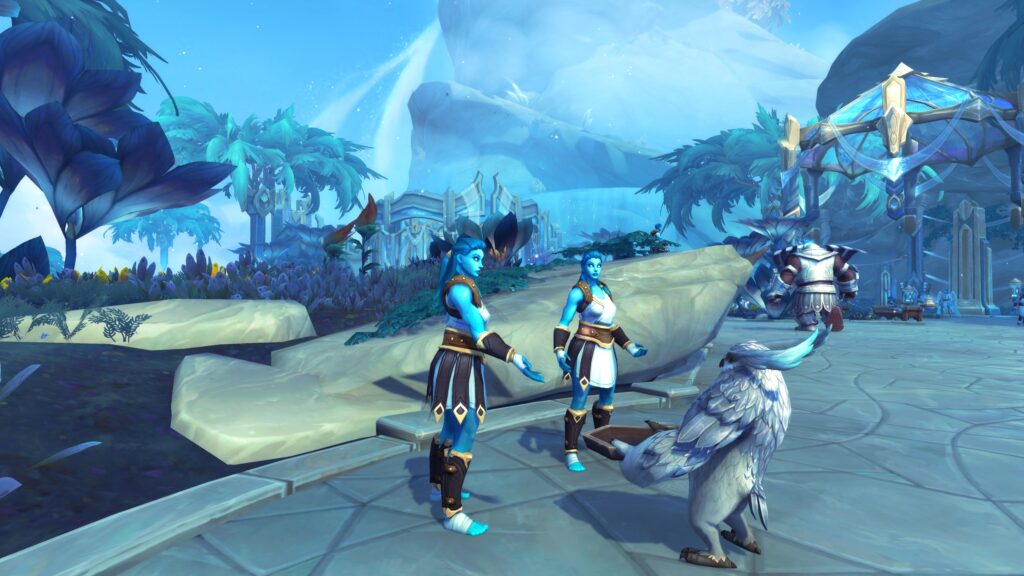
Good communication and coordination are essential for any PvP team. Here are some strategies to improve coordination:
- Voice Communication: Using voice communication tools like Discord can significantly improve team coordination. Communication allows the team to call out enemy positions, call for cooldowns, and strategize in real-time.
- Focus Fire: Prioritize focusing fire on specific targets. By coordinating and attacking the same target, you can quickly eliminate dangerous enemies, giving your team the advantage.
- Interrupting and Peeling: Make sure that each team member knows how to interrupt enemy abilities and peel enemies off of teammates. Interrupting key abilities can turn the tide of a battle.
Conclusion
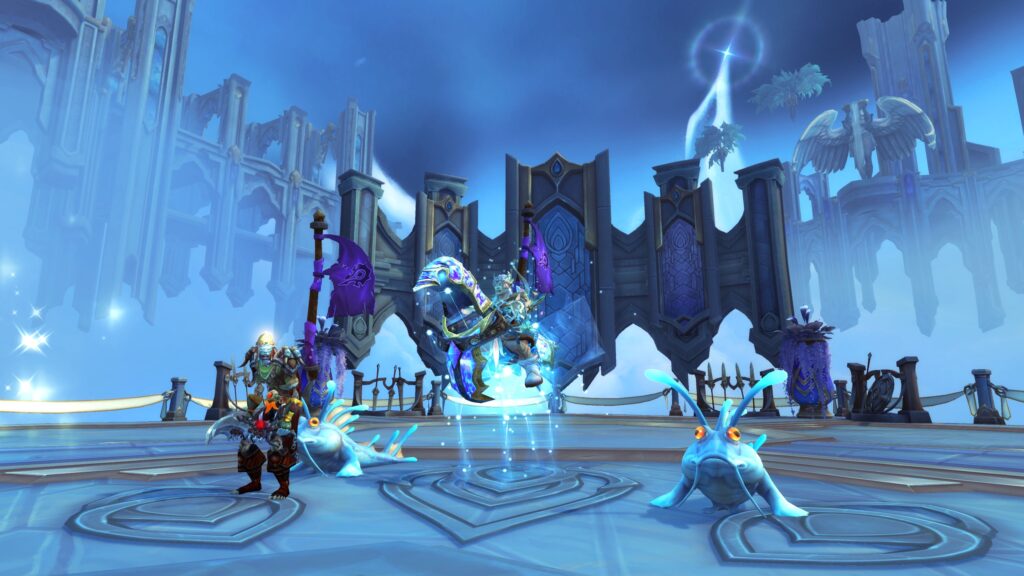
Building a strong PvP team in World of Warcraft requires a mix of role understanding, composition balance, and effective communication. Whether you’re facing off against other players in arenas or battling for control in battlegrounds, coordinating as a team is the key to success. Keep practicing, refining your strategies, and communicating with your teammates to build a powerhouse PvP team!
PvP Team Building Overview
| Team Role | Responsibilities | Key Traits |
|---|---|---|
| Tank | Absorbs damage and controls enemies | High survivability, crowd control |
| Healer | Keeps teammates alive and removes debuffs | Mana management, positioning |
| DPS | Deals high damage to enemies | High burst damage, control |

